25 of the most iconic cameras ever
We've picked out the 25 most recognisable and important cameras of all time

Photography’s come a long way since the simple wood-and-brass contraptions of the 19th century. From analogue to digital, compact to fully professional, we’ve picked out some of the most recognisable and important cameras of all time.
Obviously a lot of these are rather expensive models now – which is your favourite iconic camera?
Leica M3 (1954)
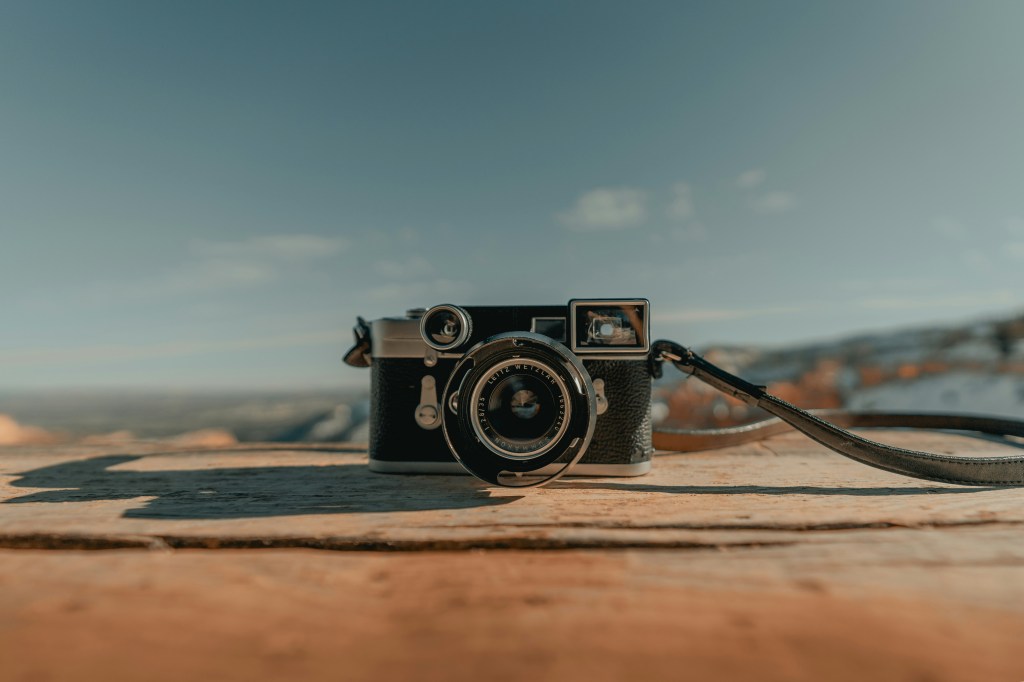
The most lusted-after camera of all time, forever to be linked with such legends as Henri Cartier-Bresson, Robert Frank and W Eugene Smith. Ironically, some Leica fans loathed the M3 at first because it was bigger than the previous screw-mount models and meant they needed adaptors to use their existing lenses. Also, many photojournalists actually preferred the similar (and cleaner-looking) M2, because its viewfinder could handle the wider 35mm lens.
Canon IXUS (1996)
Also known as the IXY and the ELPH, the IXUS was a stylish, jewel-like, auto-everything camera that used the doomed APS film system. Thankfully digital photography soon took off and the Canon Digital IXUS arrived in 2000.
Hasselblad 1600F (1948)
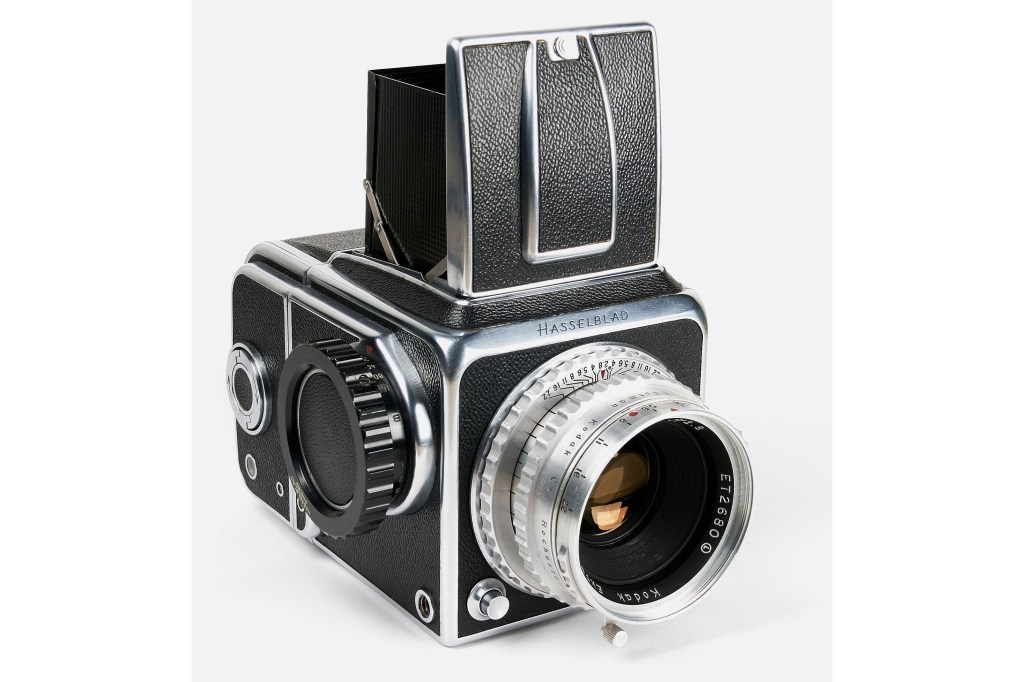
For half a century, the Hasselblad medium-format camera graced studios all over the world, and they were even used by NASA to photograph the moon landings. To see how a Hassy should be handled, check out David Hemmings in seminal ’60s movie, Blow Up.
Olympus PEN E-P1 2009
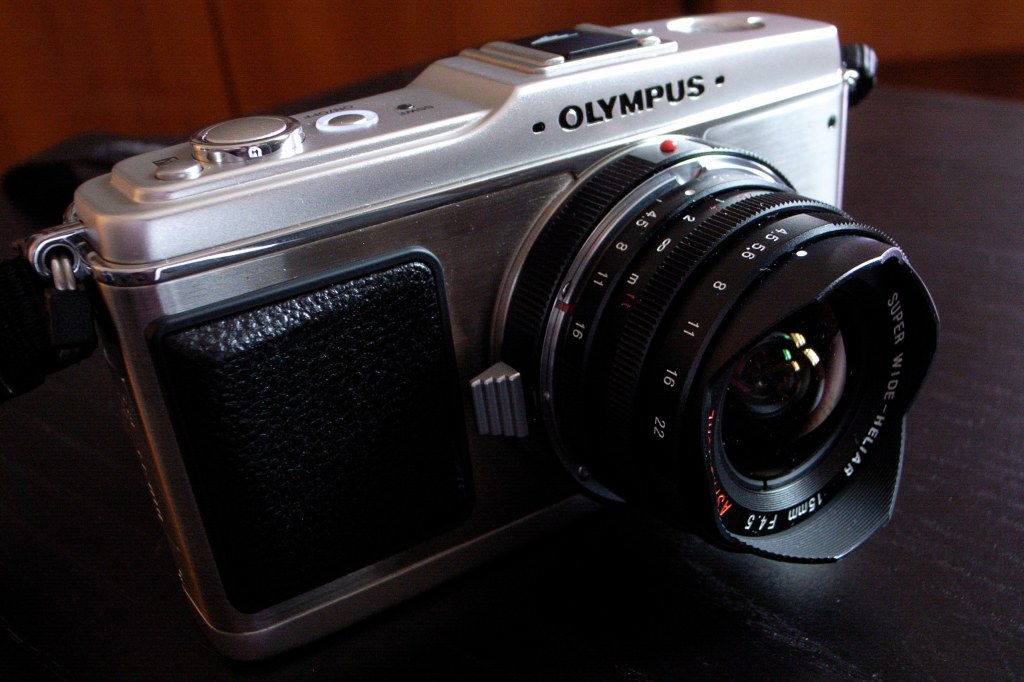
The Panasonic DMC-G1 may have beaten it to the Micro Four Thirds punch, but it was the PEN E-P1 that struck the first solid blow for the format. Gorgeous build quality, compact size, an old-school feel and the ability to accept a massive range of old manual-focus lenses with the use of simple adaptors makes it an enthusiast’s dream. To make full use of that backwards compatibility, the near-identical E-P2 also accepts an electronic eye viewfinder.
Nikon F 1959
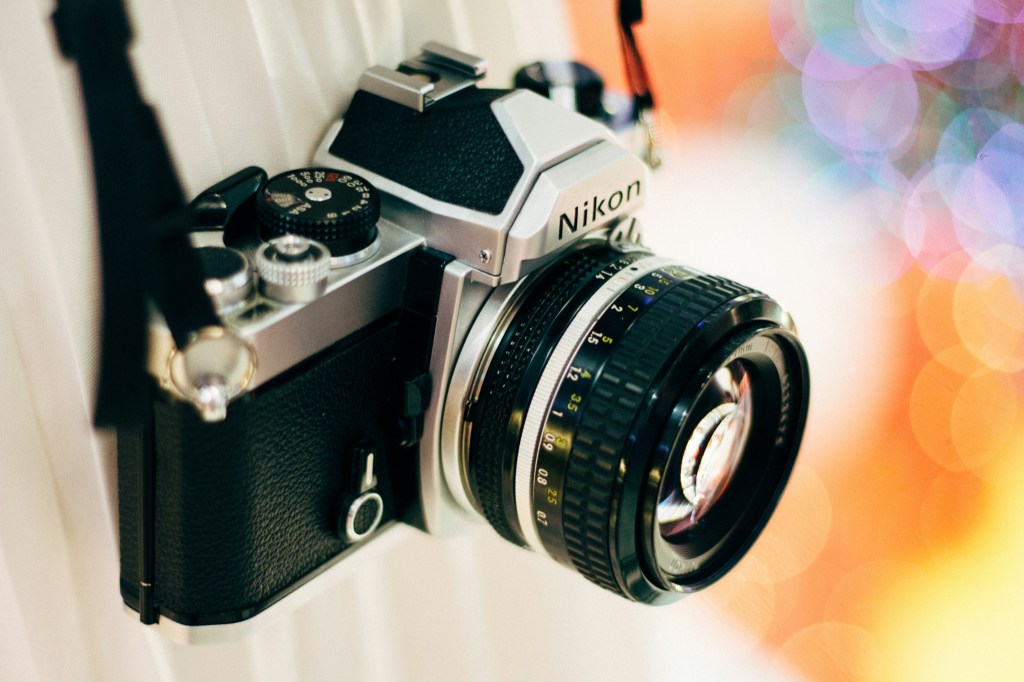
The SLR that put SLRs on the map. Breathtakingly solid and dependable, the F became the choice of pros the world over, and prompted the decline of rangefinder cameras among all but the Leica-loving elite. Because of its near-indestructability, the F was de rigeuer among Vietnam war photogs such as Larry Burrows, Tim Page and Don McCullin.
Leica I 1925
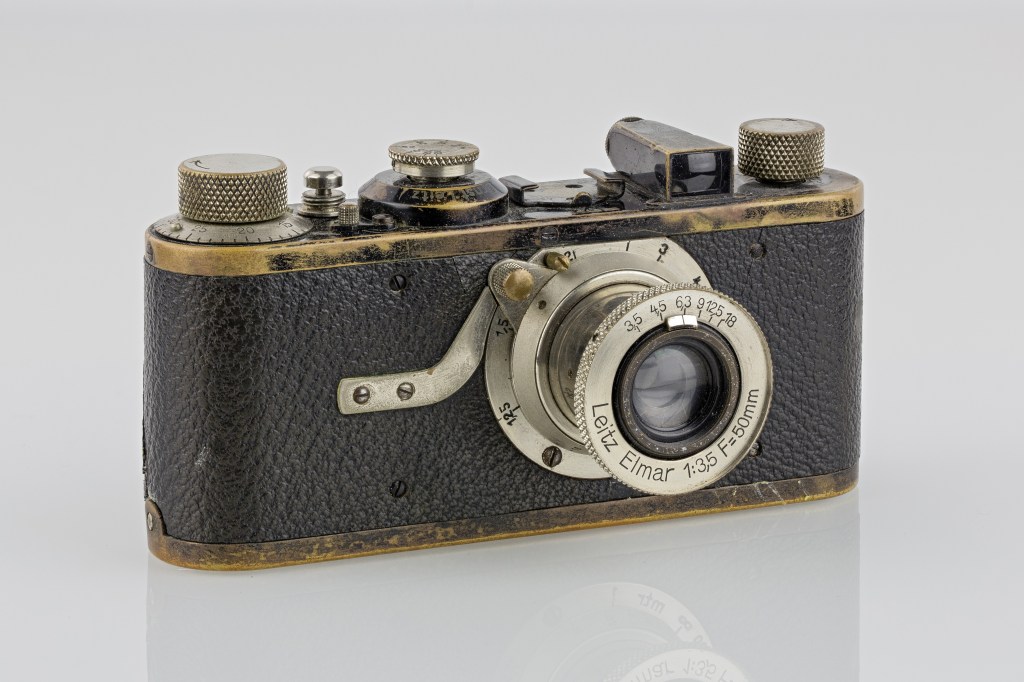
The camera responsible for kicking off the 35mm revolution and thus the birth of photojournalism. 35mm film had been used for video until Oskar Barnack decided he could use it as the basis for a small, discreet camera – and thus a legend was born.
Canon EOS 300D (2003)
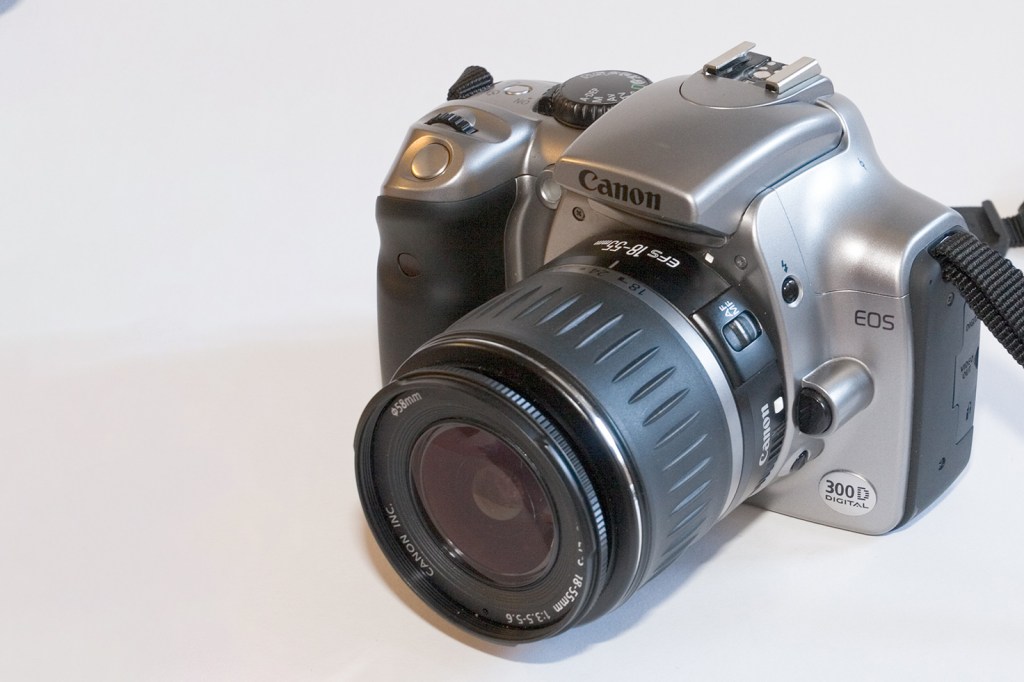
Significant as the first affordable DSLR (unless you considered the EOS D60 affordable) – weighing in at £800, it was the first under a grand. It had a 6.3-megapixel sensor and, sadly, a silver body – de rigueur for SLRs in the ’90s, but just wrong in the brave new millennium.
Topcon RE Super (1963)

The RE Super is oft overlooked, but started its own small revolution. This was the first SLR to offer TTL (through-the-lens) light metering, which has become the standard ever since. And it looks kinda cool, which helps.
Sony Mavica (1981)

Looks like a stills camera, doesn’t it? And it is, but in a different way than we’re used to today. The Sony Mavica (Magnetic Video Camera) was a still video camera that stored its images as individual frames of video and used analogue storage. Essentially it’s the sensor from a camcorder stuck behind a lens mount that could be adapted to Canon or Nikon lenses, and a floppy disk drive in the back. It could shoot at a then-massive 10fps, and the 480-line images could be viewed on a TV screen or printed on a special thermal printer. The original Mavica was never released, but still video cameras were a thing, and the name lived on in Sony’s early digital cameras.
Zeiss Ikon Super Ikonta B (1935)
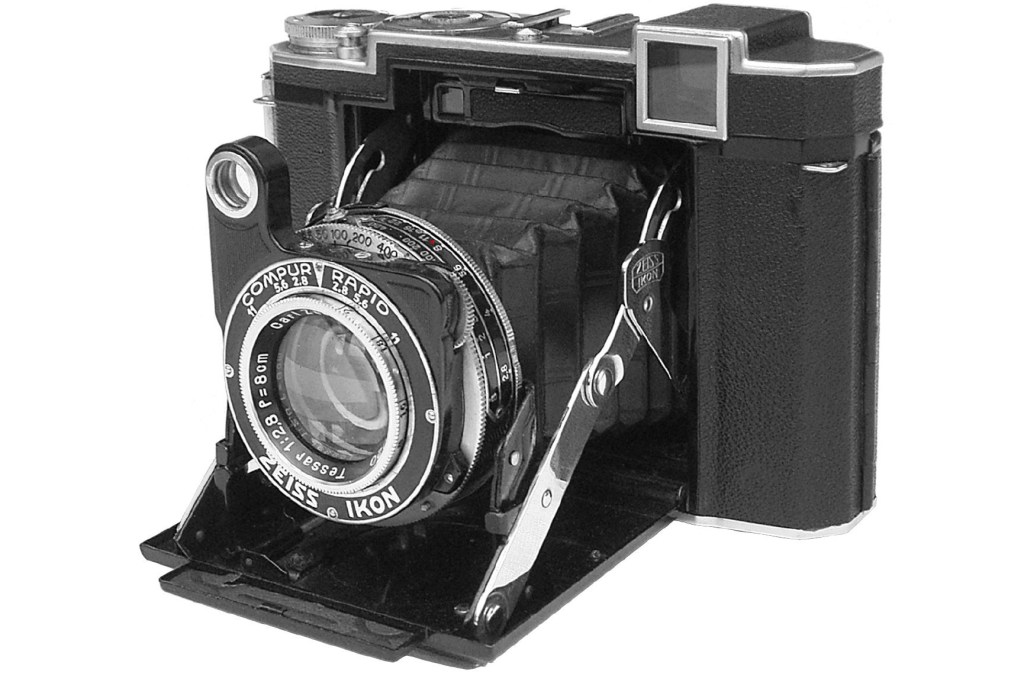
The very pinnacle of folding cameras, before the smaller 35mm models finally usurped them as the kings of compact snappers. Thanks to the folding design, they could just about be pocketed, but extended out to make large negatives on medium-format film.
Minolta Maxxum 7000 (1985)
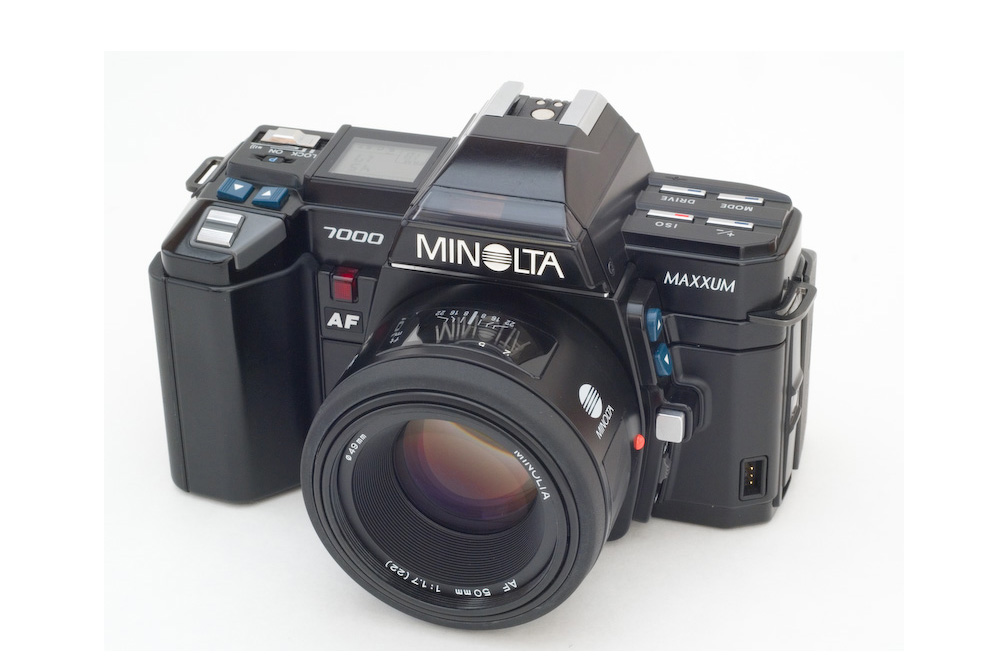
The first camera to feature autofocus and automatic film advance built into the body. Other manufacturers had achieved autofocus earlier, but using far more convoluted mechanisms built into the lens itself – the Minolta’s in-body AF meant it could take smaller, simpler lenses.
Argus C3 1939
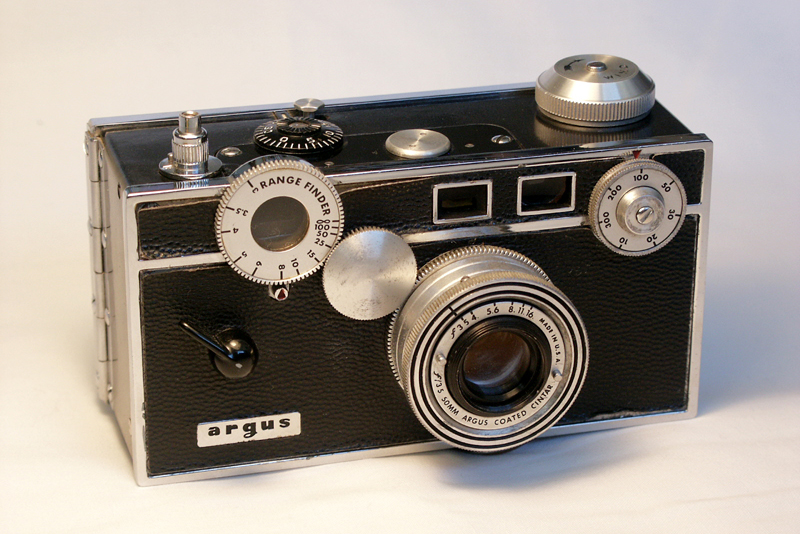
The Leica I may have started the 35mm movement, but it was the Argus C3 that actually gave it momentum. Affectionately known as “The Brick”, the C3 was the world’s best-selling 35mm camera for almost 30 years, thanks to its combination of reasonable price and decent quality.
Graflex Speed Graphic (1912)
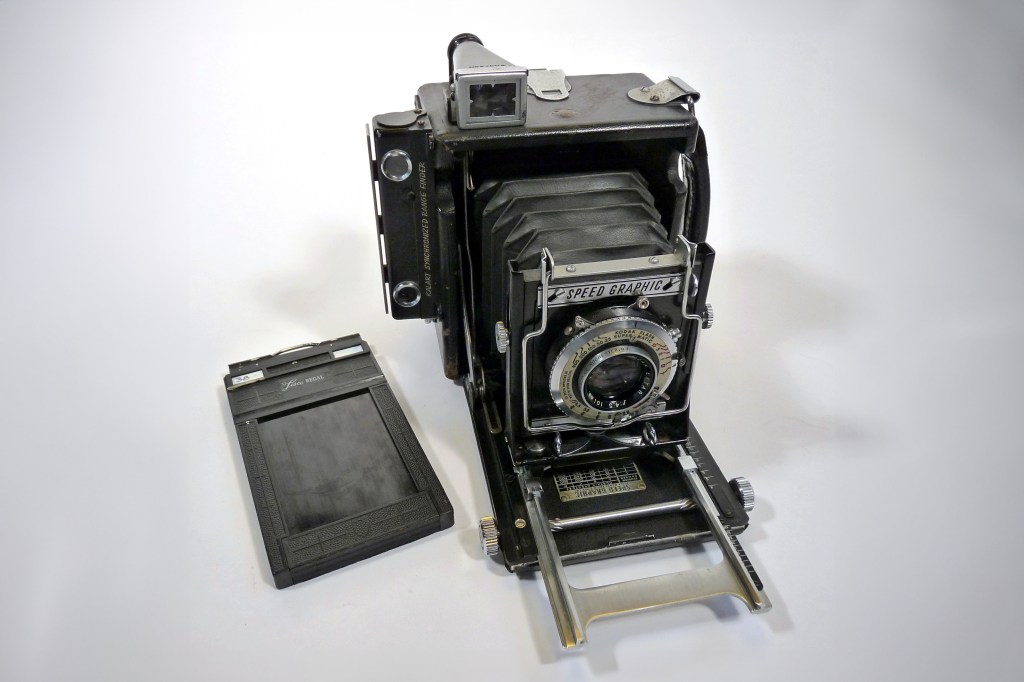
Every black-and-white movie featuring the press has a guy poking a Speed Graphic in someone’s face and firing off the flash. This was the standard papping camera before the phrase “paparazzi” was coined – the most famous pap of all, Arthur “Weegee” Fellig, was rarely seen without his Speed Graphic.
Nikon SP (1957)
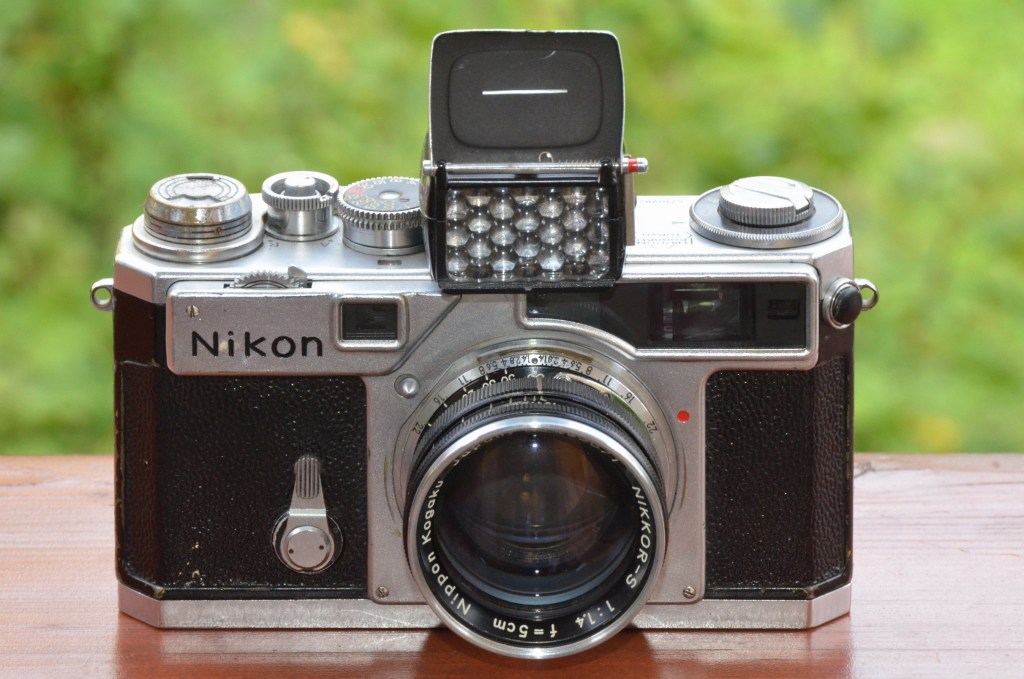
One of the most advanced rangefinder cameras ever made, and one of the models that helped create the Nikon legend. Like previous Nikon rangefinders, it was based on the Zeiss Ikon Contax design, but added some advanced features that weren’t matched for decades.
Polaroid SX-70 (1972)
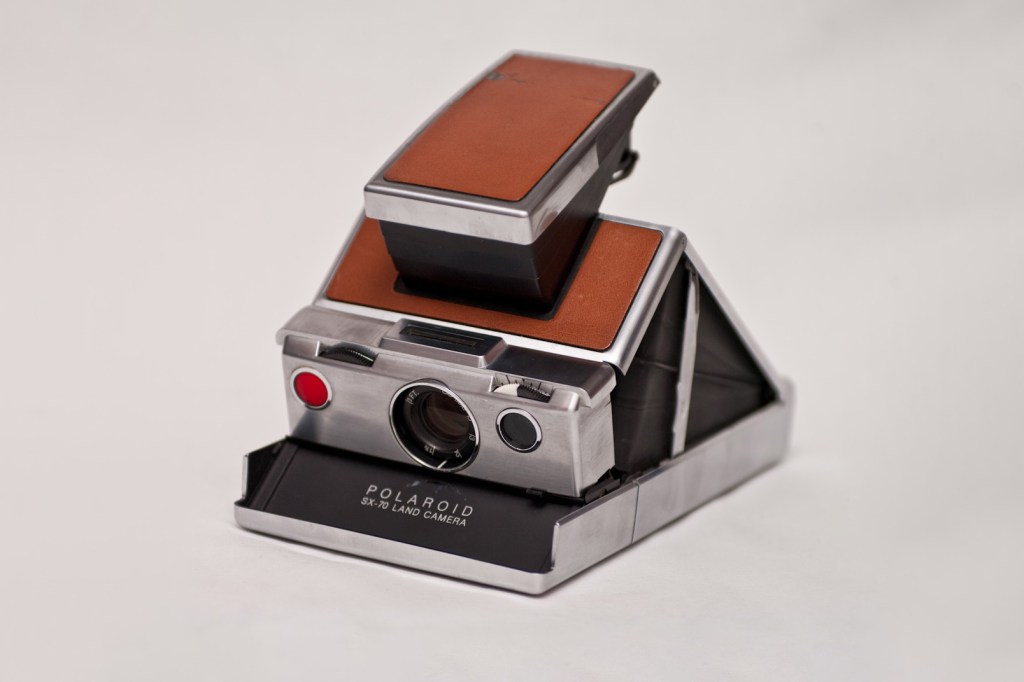
Polaroid instant cameras have a charm all of their own, and the SX-70 is the most charming of the lot. You’ve gotta love that funky fold-down design.
Canon EOS 1Ds (2003)
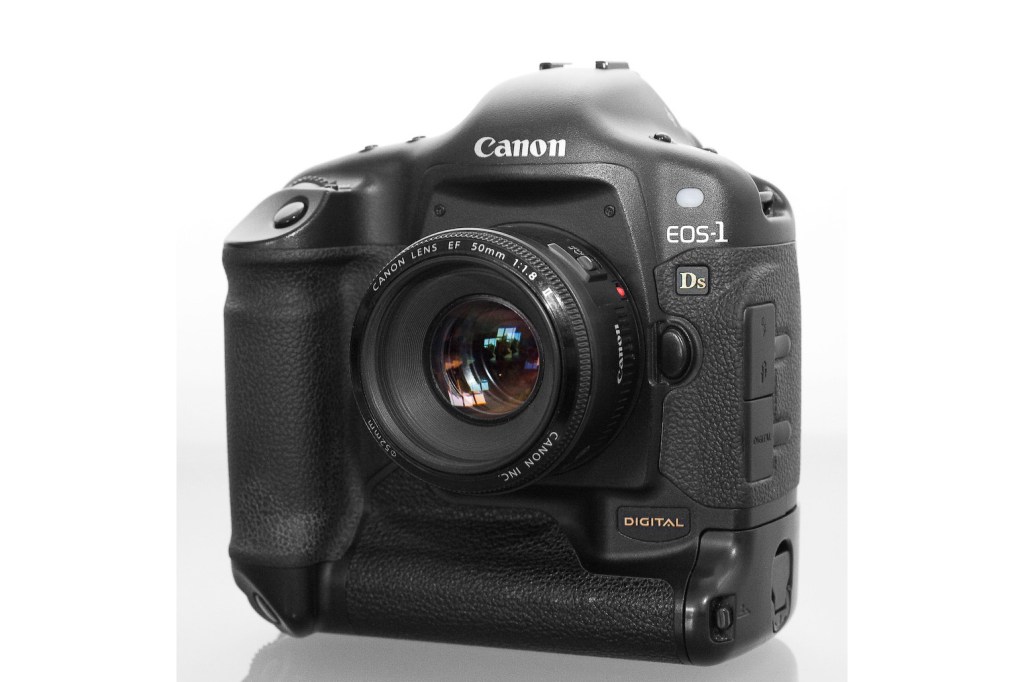
The first digital SLR to offer a full-frame sensor, and thus satisfy the needs of pros who were still largely using film. It didn’t really have any competition until the Nikon D3 arrived in 2007.
Zeiss Ikon Contax II (1936)
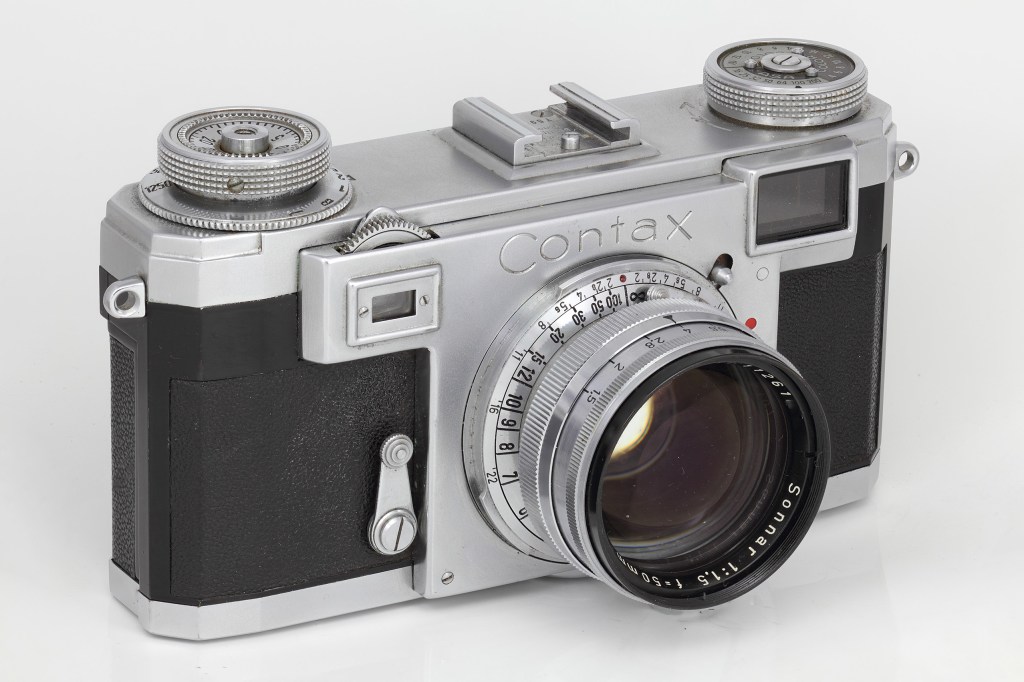
The camera chosen by Robert Capa to capture the D-Day landings. Sadly, many of his negatives were ruined by a darkroom technician trying to dry them in a hurry, but that just made the surviving images all the more powerful. In many ways, the Contax II was more advanced than the Leicas of the day, and the Zeiss lenses were considered sharper.
Pentax Spotmatic (1964)
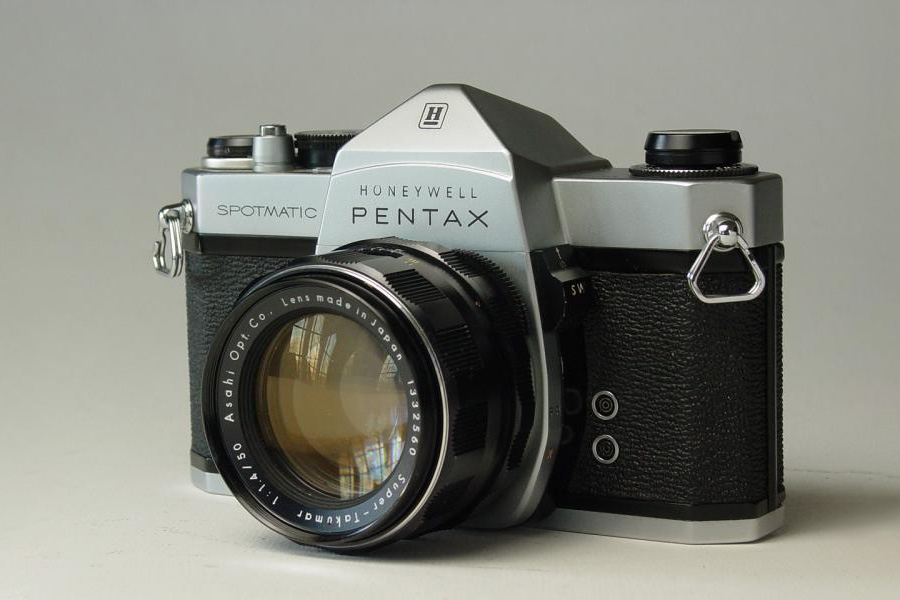
While the Nikon F was bulldozing the pro SLR market, the Spotmatic was the SLR of choice for the average enthusiast. Many pros cut their photographic teeth on a borrowed Spotmatic.
Minox Riga (1938)
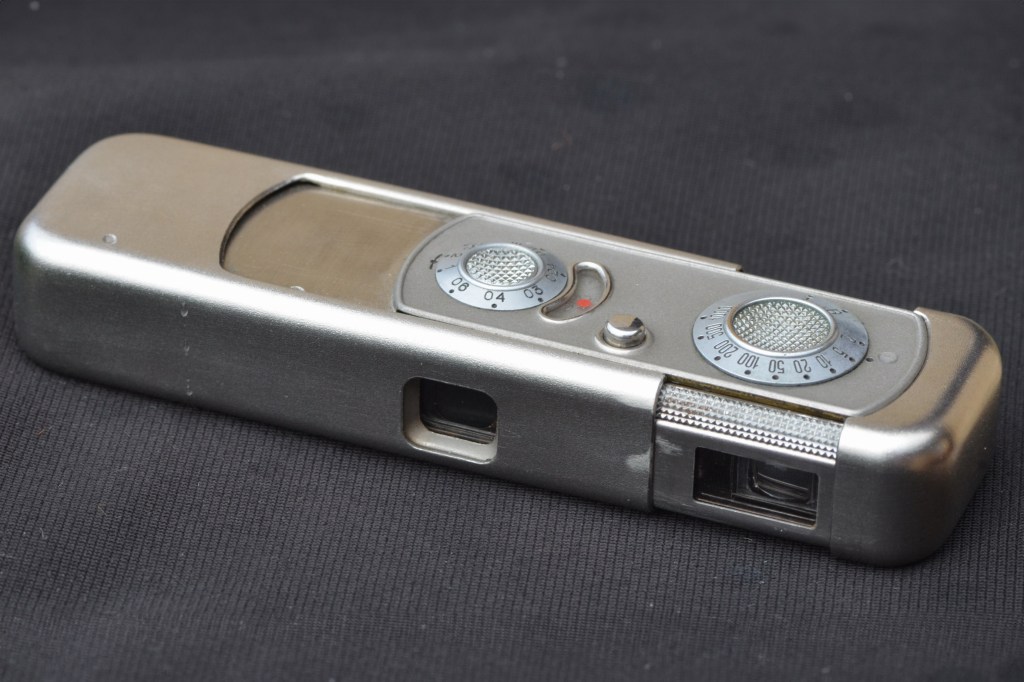
The quintessential spy camera, the Minox Riga is instantly recognisable. The British intelligence services bought up every Riga Minox they could find in 1939 at the outbreak of World War II – which just goes to show how intelligent they were.
Canon T90 (1986)
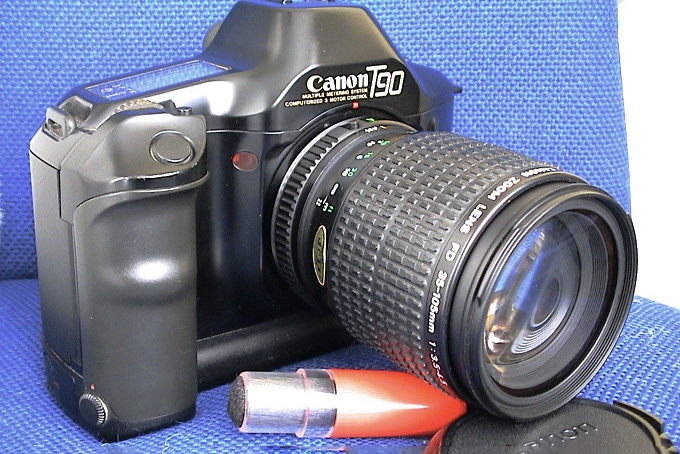
The T90 marked the pinnacle of manual-focus 35mm SLRs, packing a ton of new tech and incredible build quality that set new standards for pro cameras. Sadly, it was quickly superseded by the EOS autofocus range, which used a completely different lens mount that made Canon’s manual-focus FD lenses obsolete.
Kodak Brownie (1900)
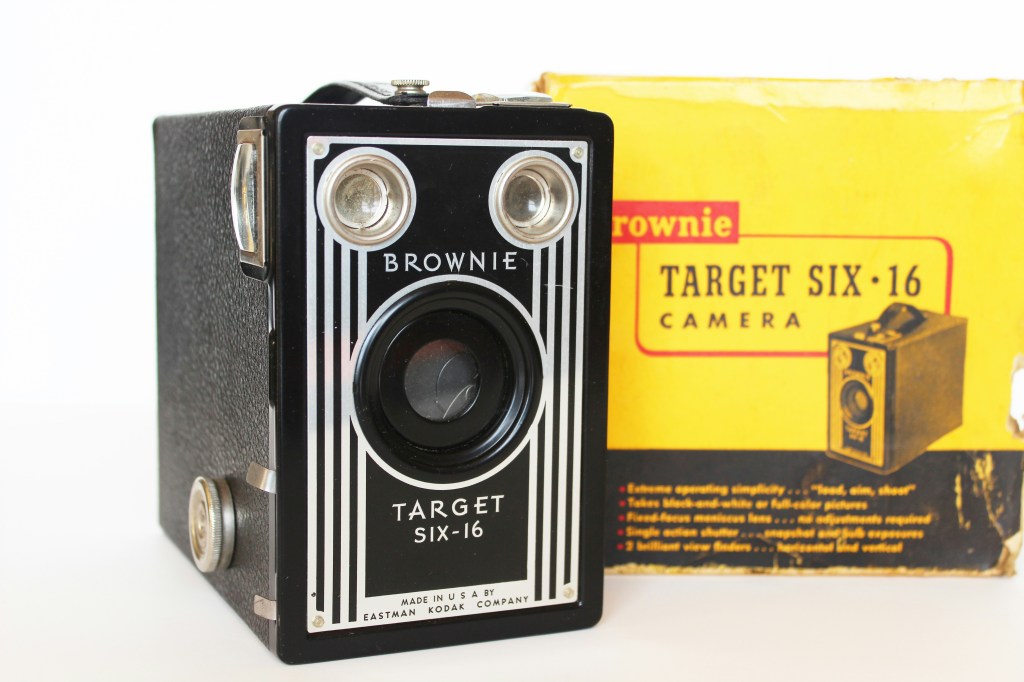
The “Box” Brownie was an introduction to photography for millions of people over half a century. As the nickname suggests, it was a simple box (cardboard at first) with a lens on one side.
Diana (1960s)
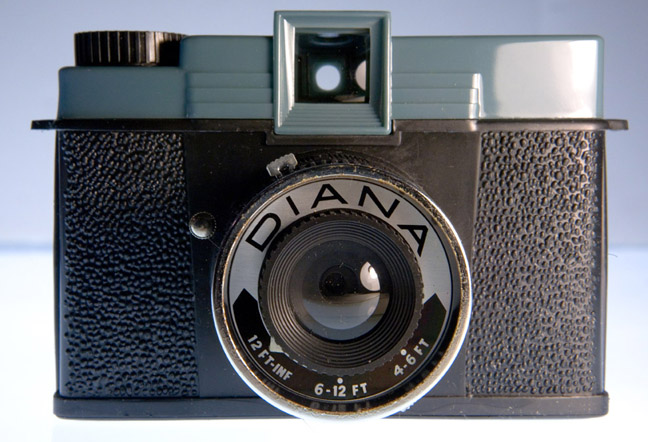
Although Lomography may have been inspired by the Russian-made Lomo cameras, it’s the Diana and its plastic lens that are now synonymous with the lomographic art. Made in Hong Kong throughout the ’60s and ’70s, it’s now been remade as the upgraded Diana F+.
Rolleiflex (1929)
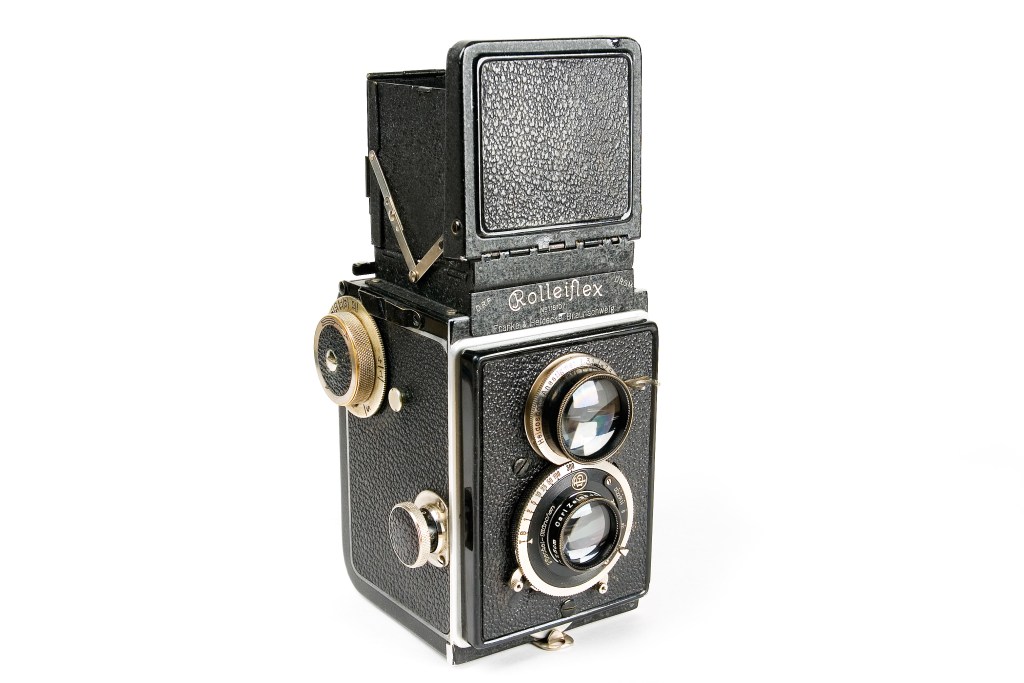
The most revered of all the TLR (twin-lens reflex) cameras, the Rolleiflex was still widely used by pros until quite recently. Many of the greats, such as Diane Arbus and Lee Miller, were rarely seen using any other camera. The bottom lens actually takes the picture, while the top lens feeds a viewing screen on the top – showing the image back to front, which makes moving subjects a challenge. Few cameras look quite so cool and twiddly.
Pentax 6×7 (1969)
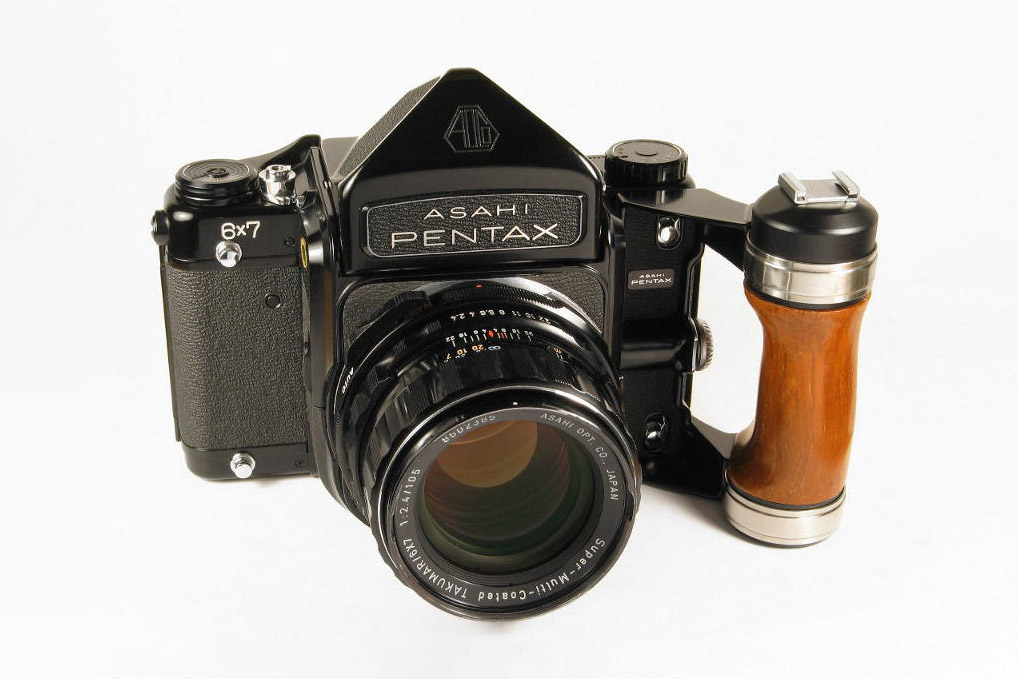
Every landscape photographer worth their salt has at least toyed with the idea of owning a Pentax 6×7 (also known as the 67). A hefty medium-format SLR that takes a 6x7cm frame, it’s also legendarily indestructible. And the optional wooden grip is awesome.
Olympus Pen 1959
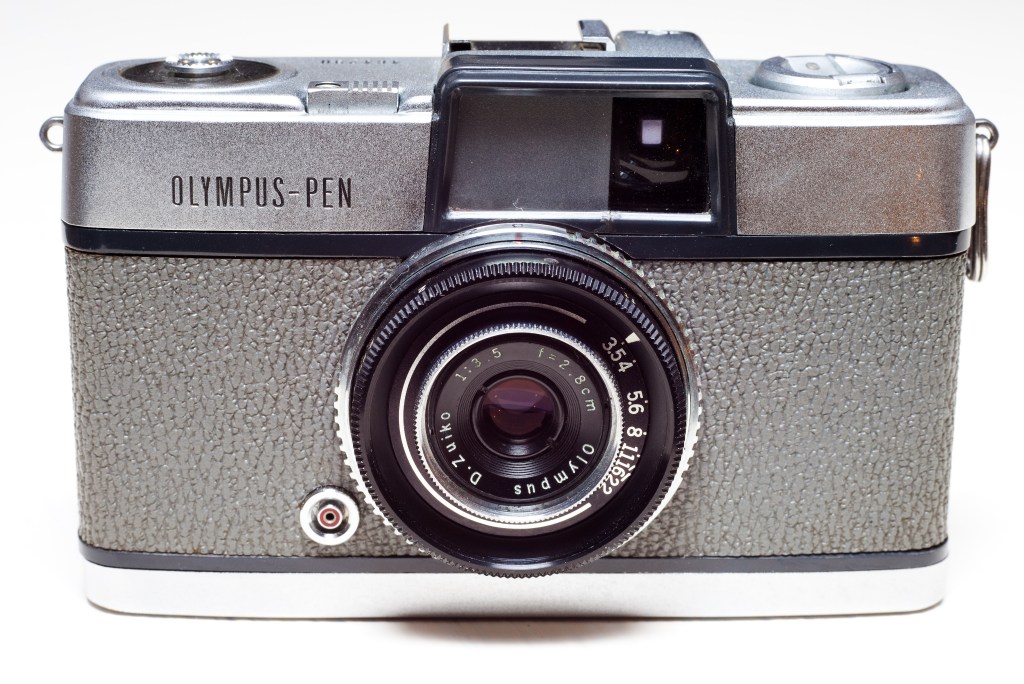
Not the new digital system camera, but the original half-frame model. Taking a photo on 35mm film that was half the usual width meant the Pen could be tiny without requiring special film. It spawned a whole series of Pen cameras featuring more sophisticated features.
Also worth a mention: Exakta Kine, Pentax 645, Rollei 35, Zeiss Ikon Contarex, Leica M6, Linhof Technika, Pentax K1000, Leica III, Olympus Trip, Canon AE-1


